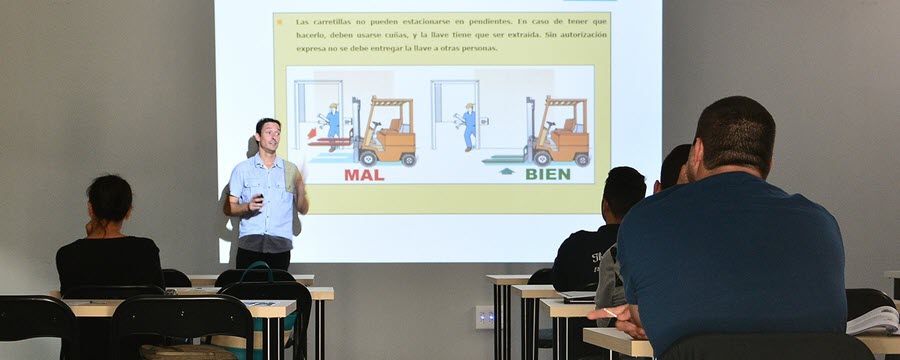
5S Training Tips: What to Do – and NOT Do

Getting results from 5S training requires that both the trainer and materials be engaging, practical, timely and relevant and for supervisors to lead from the front lines. While this may seem obvious, it is rare to find much training of any sort that meets all these criteria.
When 5S Training Programs Go Wrong
What is most common is to see theoretical presentations given to the masses (“death by PowerPoint”) and supervisors constantly putting out fires, simply maintaining the status quo.
These shortfalls cause a lack of interest and enthusiasm and they leave employees confused about what they are supposed to do and when they are supposed to do it. While businesses conduct their 5S training programs with the best of intentions, many miss their mark because neither the content nor the approach is effective.
The following advice was originally provided by Steve Lage from PDG Consultants on a previous version of the 5S Best Practices Blog.
Part 1: Effective Materials and Engaging Approach
To make 5S training effective you need sound materials and an approach that teaches people exactly what they need to do in a way that is consistent with the principles of adult learning. More specifically, the training program and trainer must:
- Engage participants with active learning modules that promote the discovery of key principles using the active learning model.
- Use practical language and tools that are easy to understand and apply in the workplace.
- Use a variety of teaching methods to keep the subject interesting and appeal to various learning styles.
- Provide relevant application to real-life problems that currently exist and need to be solved.
- Provide training just before it will be applied in order to create short term wins and reinforce learning.
Part 2: High Performing Supervisors
An often-overlooked strategy to ensure the sustainability of a 5S program is high performing supervisors. These folks are on the front lines. They need to be prepared and hold their staff accountable when they don’t follow the program.
The importance of supervisors is something most organizations just don’t get, and consequently, the impact is staggering. High performing supervisors are leaders that run their departments like business owners. These supervisors:
- Set goals and measure performance.
- Take swift and effective action when goals aren’t met.
- Facilitate problem-solving teams.
- Coach and mentor employees and peers.
- Hold people accountable for performance and behavior.
- Build high performing teams.
- Engage employees through shared decision-making.
- Continuously improve productivity, quality, delivery, and safety performance.
Unfortunately, it is more common to find these critical people firefighting; reacting to the most urgent issue with little control over how they spend their time. We call this the addiction to the heroic recovery.
While we always want people to be willing to go the extra mile, supervisors who spend all of their time on defense aren’t able to move their departments forward and continuously improve performance.

